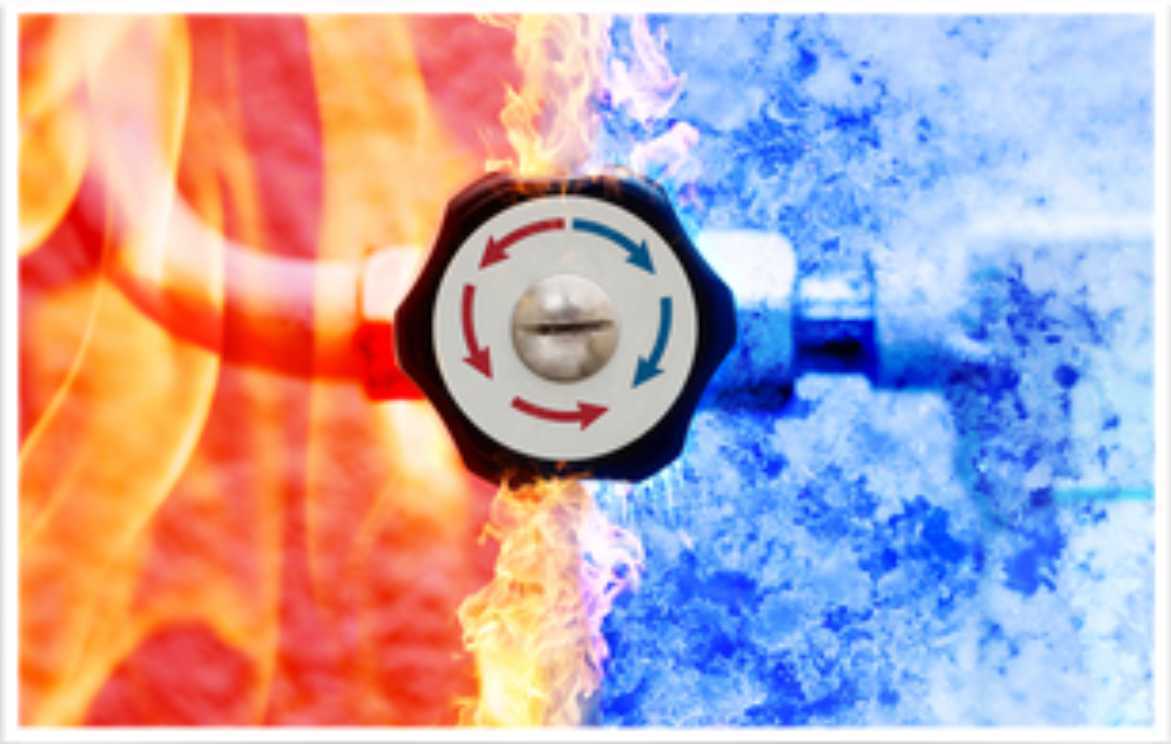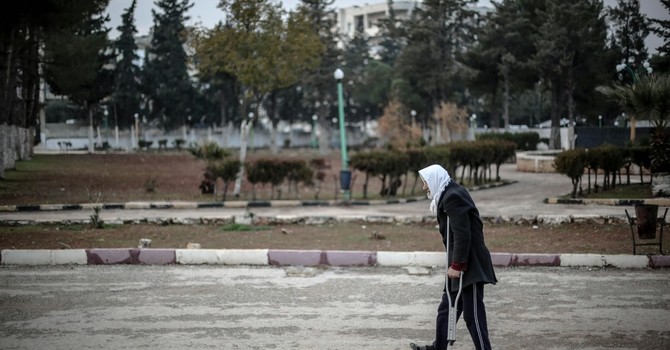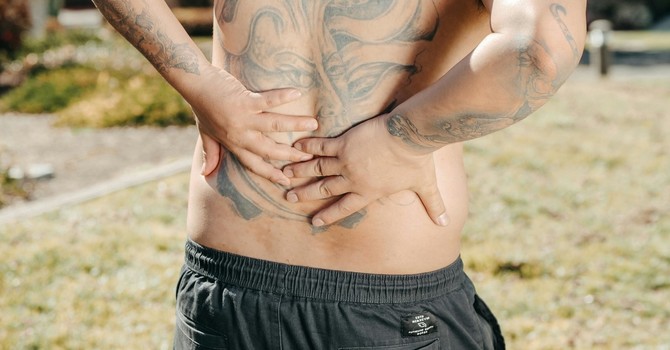
PRICE vs METH
The early use of RICE started in 1978 with Dr. Mirkin. It soon became the standard for dealing with acute injuries and is still quite frequently used today with the added "P" for PRICE. A lot of the research today has shown that METH (Paul Cantanzaro and others) is the more appropriate methodology for treatment of injuries, including Dr. Mirkin.
Ice will help to alleviate pain which is great; however, it also slows blood flow, leaves an area stiff and tight following treatment. There is a benefit and cost to each of those effects, the greater detriment is the delayed healing process. Delayed movement, not flushing the area of the inflammatory byproducts at the injury site, and too much icing causing swelling itself has led to too many injuries persisting and turning into something greater.
PRICE (6-72 hrs)
Protect - Stabilize
Rest - Don’t move
Ice - Ice, Ice....baby!
Compress - Wrap etc
Elevate - Lift it, prop it up.
METH (72 hrs +)
Movement - to tolerance
Exercise - resistance to activate
injured area to heal quicker
Traction - light distraction
Heat - various options work
Choose Wisely
When dealing with an acute injury, some ice could be needed to control swelling, but too much inhibits the healing process. Using controlled movement (non- painful) some discomfort will be present but this will encourage blood flow and help to encourage healing. Heat for soft tissues during rehab is appropriate for healing.
Current Science vs Outdated methodology
The reason behind METH working and this new standard of medical practice, is because progressive mechanical loading restores the strength and structural characteristics of collagen tissues better than prolonged rest (Bring et al. 2009; Martinez et al. 2007). Progressive mechanical loading activates cellular responses, which causes structural changes to soft tissue (Khan and Scott 2009), such as upregulation of key proteins associated with soft tissue healing (Bring et al. 2009, Martinez et al. 2007, Eliasson et al. 2009).
I think we need both options to be honest!
That’s why the timeframes above are listed. PRICE for the first 72 hours “if ” you need it. (Note: last ankle sprain, I didn’t ice it at all. Dry needled it, loaded it with movement and exercise. Fastest recovery I’ve ever had, and I’ve seen this over and over with patients.)
After that we move onto METH at 72 hrs+. My reasoning is this: There is a lot of emerging science in Cold Shock Therapy (Ice Baths etc), Saunas (Far-Infrared) that show therapeutic benefits. Add to those therapies, Instrument assisted soft tissue work, dry needling, cupping, hyperbarics etc and you have a much larger window for improved recovery.
Talk to a knowledgeable Doctor, Therapist about your injury and get some guidance. Rehab after your injury is key! The greatest predictor of a future injury is often a prior injury. The greatest predictor it’s going to re-occur, not rehabbing it right the first time. The body compensates superbly well and to our own detriment at times, so don’t skip your rehab. Come see us if you have questions! - Dr. Perkins
The importance of loading and movement!
One of the most important things you can do with an injury is not overemphasize the need to rest. Appropriate and guided movements encourage the healing process; enabling tissues to be given the appropriate mechanical stresses and functional activities they need to recover quicker
- Careful with use of IBP (Ibuprofen as it blocks the normal healing process).
- Use pain as your guide! Discomfort is ok, walk to the edge of that discomfort / pain.
- Seek guidance from an professional related to your specific injury.
- Early rehabilitation/ mobilization has been shown to be effective in both minor injuries such as an ankle sprain (Jones and Amendola 2007, Kerkoffa et al. 2002, Bleakley et al. 2010) and more invasive procedures such as hip/knee joint replacements (Wellman et al. 2011, Ibrahim et al. 2013).




